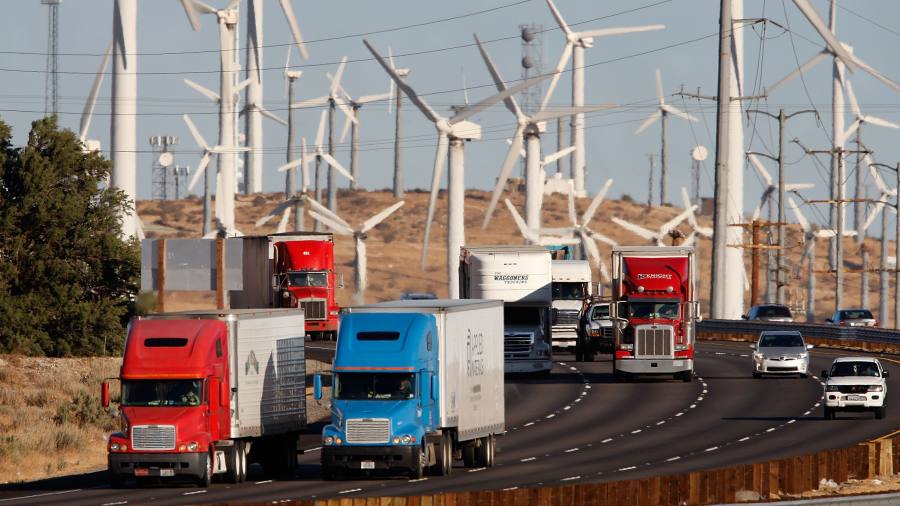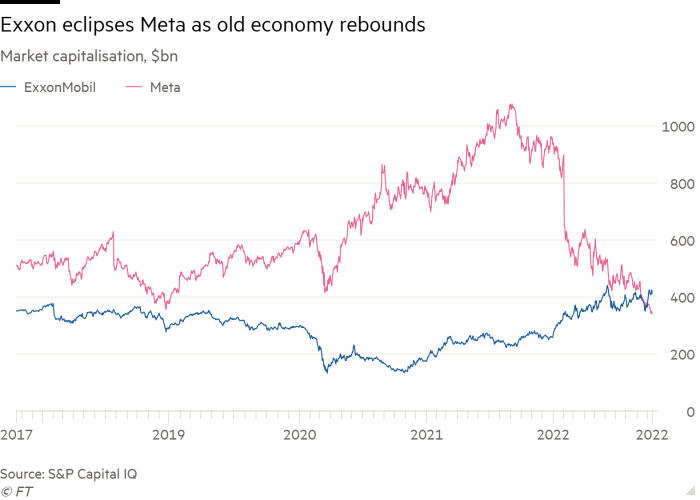
This article is an on-site version of our Energy Source newsletter. Sign up here to get the newsletter sent straight to your inbox every Tuesday and Thursday
Hello and welcome back to Energy Source.
Before we get into the newsletter today, make sure you check out Myles’s lively dispatch from West Virginia, where the green energy push is colliding with a culture and economy still entrenched in the coal industry. There is a deep resistance to change, but also a growing recognition that it is coming anyway.
Also, in Europe’s latest effort to avoid catastrophic energy shortages this winter, Germany’s chancellor Olaf Scholz imposed a compromise on the government’s fractious ruling coalition to keep the country’s three remaining nuclear plants running. Chalk one up for energy pragmatism as Europe counters Russian president Vladimir Putin’s efforts to drive the continent into a cold and dark winter.
In today’s newsletter, I look at two deals this week that cut to the heart of how energy executives are responding to the energy crisis in diverging ways. And in Data Drill we have a chart showing how the return of the old economy, and doubts about the new one, have propelled Exxon’s value past Meta’s.
Thanks for reading — Justin
PS: Join Anglo American, Standard Chartered, BHP, and more on October 20-21 for our annual Mining Summit, where we will discuss the opportunities and obstacles that must be overcome to mine the global green transition. Reserve your pass today.
Two very different ways to handle energy and climate crises
A pair of major deals early this week underscores the starkly divergent paths executives are taking their companies as the energy and climate crises clash.
BP’s boss Bernard Looney made his biggest green bet yet in a $4.1bn bid for Houston-based Archaea Energy, which harvests methane created at landfills and other sites to use as fuel.
It is the latest plank in Looney’s plan to slash BP’s emissions and rebuild its portfolio around low-carbon energy production. So-called renewable natural gas, which includes methane, is a tiny niche in the overall US gas market, producing about 0.2 per cent of total output — but it is growing fast.
Contrast that with billionaire shale tycoon Harold Hamm doubling down on his oil and gas business. Yesterday, he upped his offer to take private Continental Resources, in which he already owns a majority stake.
Hamm has bristled at shareholder demands that the US oil and gas industry keep a lid on output while funnelling profits to dividends and share buybacks. The Wall Street pressure, which is rooted in part in doubts about the long-term demand for fossil fuels, has put the clamps on America’s oil industry’s growth.
“We have all felt the limits of being publicly held over the last few years, and in such a time as this, when the world desperately needs what we produce, I have never been more optimistic,” Hamm told the employees of his Oklahoma-based group on Tuesday, as Derek reported.
The deal would give Continental “freedom to explore” for more oil and grow “as we do our part to help secure America’s energy independence without any encumbrances”.
Translation: We’re ditching Wall Street’s shackles to drill, baby, drill.
It highlights the radically different lessons people across the sector are drawing from the energy crisis that has followed Russia’s invasion of Ukraine, which is sending fossil fuel prices soaring, driving the worst inflation western countries have seen in decades and raising fears of shortfalls.
Hamm argues that it shows oil and gas demand is not going anywhere anytime soon. Companies such as his should be able to continue investing in new production — and should be rewarded for doing so, he says.
Chevron’s boss Mike Wirth also made the argument in his recent interview with the FT, in which he said the public conversation had “skewed towards climate” and that fossil fuels were “going to run the world tomorrow and five years from now, 10 years from now, 20 years from now”.
Both want to use the energy crisis to shake the stigma attached to oil and gas investment and re-elevate fossil fuels’ importance (and value) in the energy conversation, even as the world confronts the threat from climate change.
Looney and others argue the crisis is cause to accelerate the transition to cleaner fuels. He has reiterated his promise to cut BP’s oil output by 40 per cent through 2030 and pitched the Archaea deal as a big step in his company’s green shift towards energy security.
“If you want secure energy for your country, what better way than to capture gas and methane that would otherwise be leaking into the atmosphere from landfill sites,” he told the FT.
Hamm sees BP’s green shift as, well, misguided. He told the FT over lunch earlier this year that BP was going to “cut their throat” by getting out of oil and gas.
Both are putting their money where their mouths are.
Data Drill
Readers who have been with us for a while might remember when we highlighted the point during the depths of the pandemic when ExxonMobil’s market valuation dropped below the US’ biggest renewables developer NextEra Energy — a sign of the times when oil was in freefall and green energy was ascendant.
Here’s an update on that theme as the old economy has come roaring back to life this year. Exxon’s market valuation has now overtaken that of Meta (or if you are old like me you might still call it Facebook). Exxon’s value has soared over the past year as the company’s big bet on oil and gas powering the global economy has delivered windfall profits. Meta, meanwhile, has had its once $1tn-plus value evaporate as its vision of people decamping from the real world into the metaverse faces strong doubts.

Power Points
Energy Source is a twice-weekly energy newsletter from the Financial Times. It is written and edited by Derek Brower, Myles McCormick, Justin Jacobs, Amanda Chu and Emily Goldberg.
Recommended newsletters for you
Moral Money — Our unmissable newsletter on socially responsible business, sustainable finance and more. Sign up here
The Climate Graphic: Explained — Understanding the most important climate data of the week. Sign up here